You might have come across photography videos that make use of various props to add creative effects to a photo. But what if you don’t have access to things like prisms or crystal balls? Don’t let that be a barrier to your creativity. Photographers Pierre T. Lambert and Eric Floberg share five easy in-camera effects:
1. Double Exposure
Double exposure is the method of layering one image over the other to form a composite. Many cameras have this feature built in, so it’s a good idea to go through your camera manual to understand how it works with your camera.
“A good image for a double exposure is usually something that has a lot of darkness in it. A lot of times when I’m doing it, with a portrait of a person, I like to make them a silhouette, make them really dark and then fill in that darkness with the second frame.”
2. Tilt-Shift Without a Tilt-Shift Lens
Tilt-shift (TS) lenses have the ability to change the plane of focus, which can give a miniature effect. They are very specialized lenses and used mostly in architectural photography.
If you want to have an effect similar to that of a TS lens, all you have to do is take the lens off the camera and hold it while looking through the viewfinder. By moving the lens around slightly, you can distort the plane of focus. Do this to have your subject in focus and the area above it blurred out.
3. Pull Zoom
This trick is effective when shooting at slow shutter speeds. While taking the photo, zoom in or out after you press the shutter button and you’ll get a cool looking effect. It’s a good idea to have your main subject placed at the center of the frame while trying out this effect. And for better stability, mount your camera on a tripod.
4. Tracking
“Tracking is when you’re photographing a moving subject, but you’re isolating it by slowing your shutter down.”
The trick is to shoot with a wide angle lens and keep the shutter speed close to the reciprocal of the focal length. For example, if you use a 24mm lens, keep the shutter speed close to 1/24 second. Then, follow the subject as it moves past the frame with a panning motion. It’s important that your panning movement is close to the speed at which the subject is moving. This causes the surroundings to blur out while keeping the subject acceptably sharp.
5. Shoot Through Things
Look around you for objects that you can shoot through to fill the frame around your subject. This is much more convenient than holding a crystal ball or a prism in front of your lens. Look for gaps between trees, poles, or through the furniture or windows if you’re shooting indoors. This trick helps in drawing the viewer’s attention directly to the subject by getting rid of all other distractions.
Do you have any other creative ideas that you can do in-camera? Let us know.
Like This Article?
Don't Miss The Next One!
Join over 100,000 photographers of all experience levels who receive our free photography tips and articles to stay current:
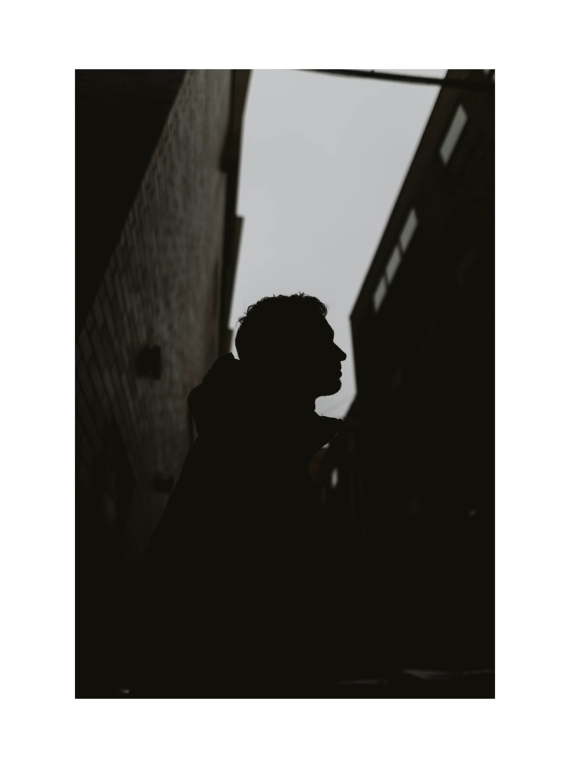

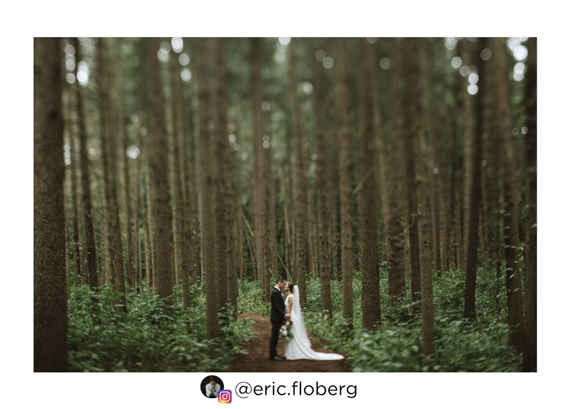
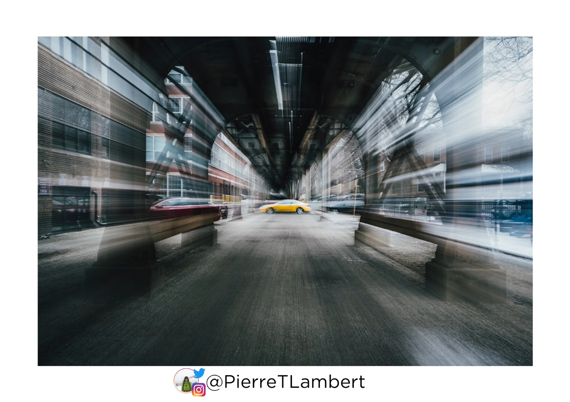
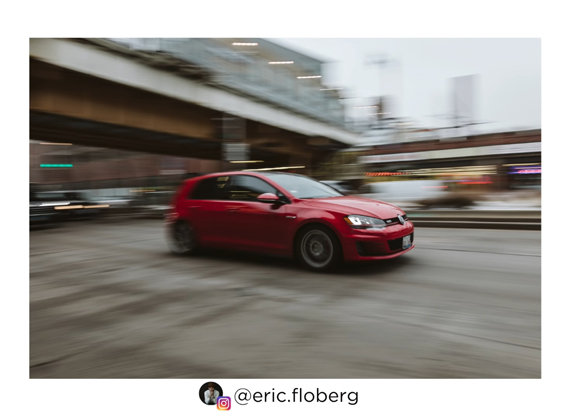
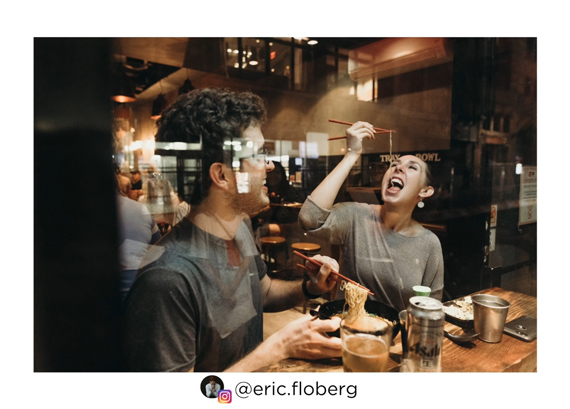






Leave a Reply